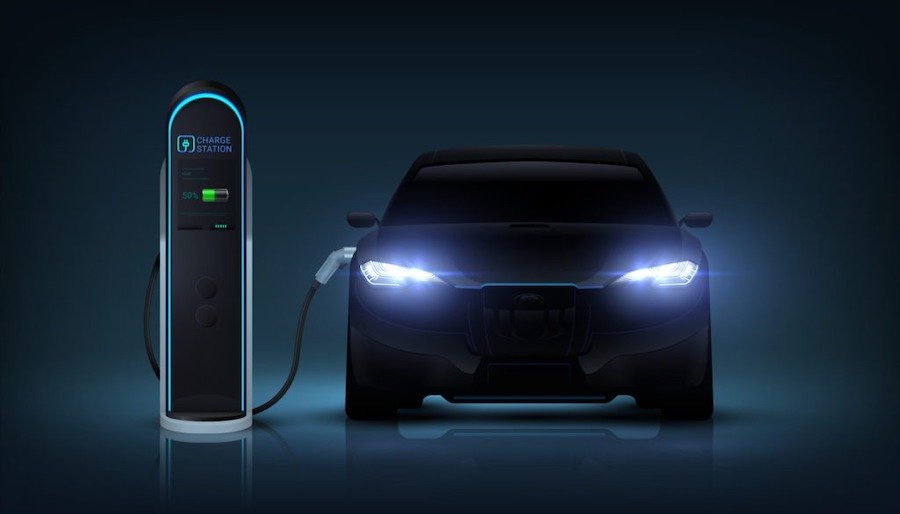EV demand crumbles — what’s pushing buyers back to hybrids?

Manufacturers surfing the electric vehicle wave may be crashing out.
A new report from the Alliance for Automotive Innovation found that the overall market share of fully electric (EV) vehicles has retracted this year. Although 2024 isn’t over yet, data from the Alliance shows that this is the first year since they started collecting data in which EVs have actually lost overall market share.
Still, the decline in EV growth doesn’t mean consumers are returning to gas and diesel-powered vehicles. In fact, traditional internal combustion engine (ICE) vehicles saw the biggest market share loss of any of the vehicle categories in the report — 2.3% in 2024. In their place, consumers are striking a middle ground as they flock to purchase PHEVs and traditional hybrid vehicles.
Consumer interests are shifting from EVs to hybrids
Recent years have seen EVs gain a sizable share of the overall car market. In 2016, EVs made up less than 1% of all vehicle sales. By the end of 2023, that share grew to just under 8%.
On its own, a 0.1% decline isn’t a huge blow to the market share of EVs. But, the decline does mark a potentially significant change in broader consumer interests. At the same time that EVs saw a retraction in market share, traditional hybrids and PHEVs saw continued growth, recording 2.2% and 0.3% increases, respectively.
It’s a significant trend for manufacturers as they expand their fleets of alternatively-powered vehicles. Nissan, for example, offers fully electric vehicles like the Leaf and the Ariya, but lacks any hybrid options in the United States. Analysts say that void is contributing to the financial struggles currently facing the company.
EV adoption varies widely from state to state
Although overall market sentiment for electric vehicles seems to be cooling, EV adoption can still vary wildly from one state to another. In California, EVs made up over a quarter of all new car sales in 2024. At the same time, in states like North Dakota, Mississippi, and Louisiana, EVs still make up less than 2% of the total market.
California not only leads the country in EV adoption, it is also responsible for creating the Zero-Emission Vehicle (ZEV) program, which requires new vehicles to reach 100% zero-emission and clean plug-in hybrid-electric status in California by the 2035 model year.
So far, 15 states, including California, have adopted the program. The gap in EV adoption is already starting to widen. In states that have adopted the ZEV program, EVs make up more than double the market share compared to states that haven’t adopted the pro,gram, on average.
Final thoughts
Predictions are often a futile venture in the automotive industry. 20 years ago, you might have thought we’d all be flying around (perhaps literally) in hydrogen-powered personal spaceships. But, that future hasn’t quite panned out.
Still, what is clear is that alternatively powered vehicles are here to stay. That might not look like a 100% EV future as some have predicted — at least not anytime soon — but shifts in consumer purchasing show a clear interest in options beyond traditional gas and diesel vehicles.
Related News
